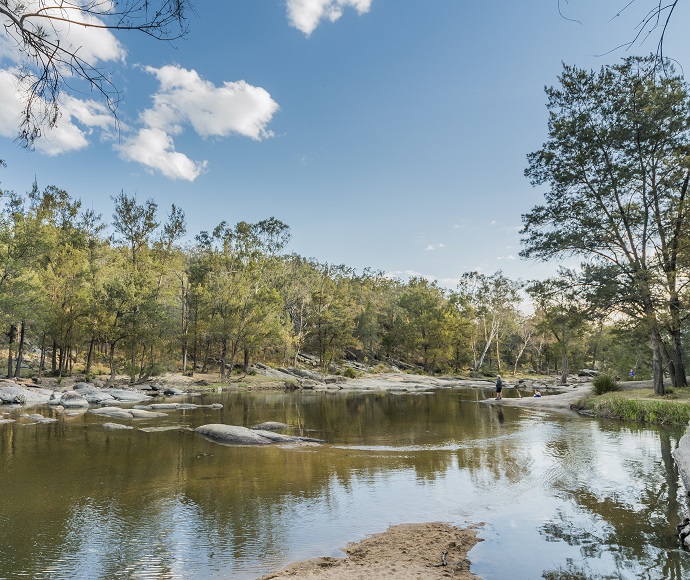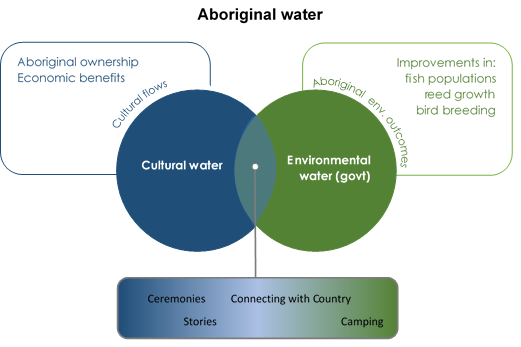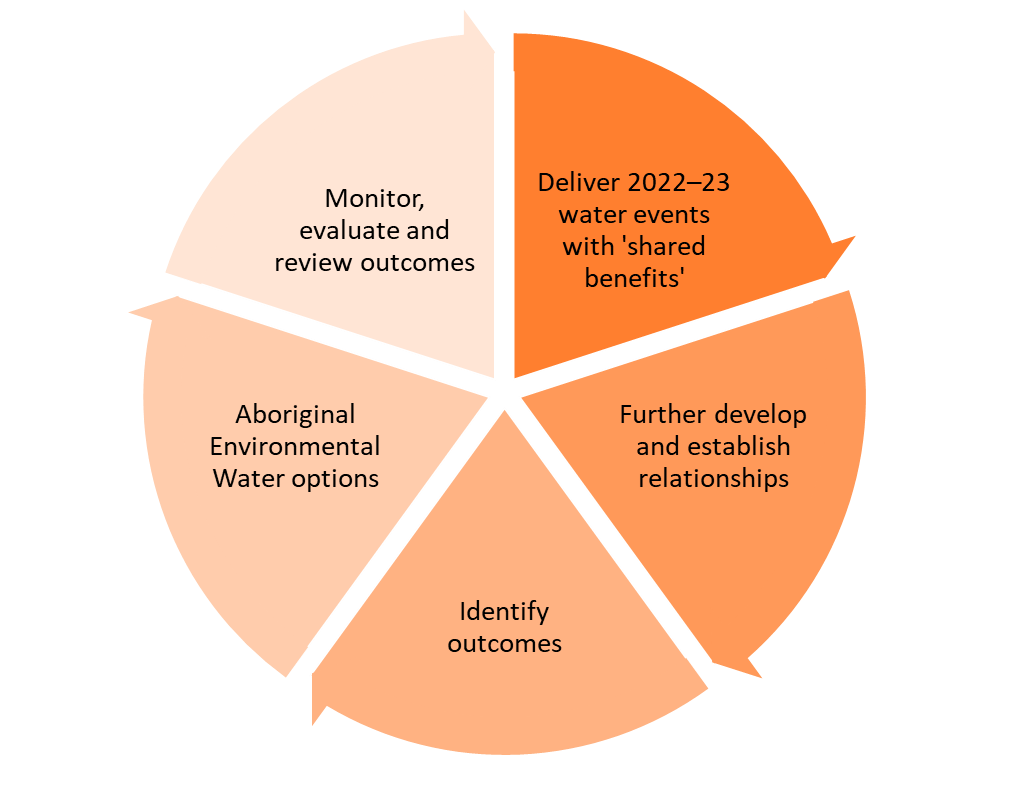 As the NSW environmental water manager, Department of Planning and Environment (the department) will focus on involving Aboriginal people in decision making centred on the application and management of water for the environment.
As the NSW environmental water manager, Department of Planning and Environment (the department) will focus on involving Aboriginal people in decision making centred on the application and management of water for the environment.
The NSW Government has developed the NSW Water Strategy to guide water management over the next 20 years. Recognition of Aboriginal people’s rights and values is a key priority. Priority 2 in the Strategy is to:
recognise First Nations/Aboriginal People’s rights and values and increased access to and ownership of water for cultural and economic purpose.
In support of the NSW Water Strategy, the department is committed to creating opportunities for First Nations' people to contribute their cultural science and traditional knowledge in setting objectives for the use of water for the environment. The department will take a First Nations led approach to:
- recognise where and how water for the environment could be delivered to support tangible and intangible benefits
- develop Aboriginal Environmental Water Outcomes to guide annual planning and priorities
- review Long Term Water Plans focusing on a joint vision for healthy Country.
In 2022–2023 the department will focus on further developing and establishing partnerships with First Nations/ Aboriginal people.
What are Aboriginal Environmental Water Outcomes?
Water for the environment can be used to achieve cultural outcomes in some cases. However, environmental water holdings cannot be relied upon to support the full suite of Aboriginal values and aspirations. Murray–Lower Darling River Indigenous Nations (MLDRIN) use the term ‘Aboriginal Environmental Water Outcomes’ to differentiate between cultural outcomes achieved via environmental water delivery and benefits derived from Aboriginal ownership of water entitlements, or cultural flows.
Figure 1 reflects the overlap between cultural water and government held environmental water. This overlap of ‘shared benefits’ is defined as Aboriginal Environmental Water. The department will invite Aboriginal people to support the development and management of Aboriginal Environmental Water Outcomes consistent with the principles of self-determination.
Figure 1 Murray Lower Darling River Indigenous Nations Aboriginal Environmental Water Outcomes Definition

Key planned actions for 2022–23
- Deliver watering events that have been planned by First Nations/ Aboriginal people and environmental water managers to achieve shared benefits.
- Further develop and establish relationships with Traditional Owner groups and Aboriginal people where water for the environment is managed.
- First Nations/ Aboriginal people to develop Aboriginal Environmental Water Outcomes through a series of workshops*.
- Co-design Aboriginal Environmental Water options.
- Monitor, evaluate and review outcomes with First Nations/ Aboriginal people on Country.
* Pre, prior and informed consent will be sought, and information provided will only be used for the purpose it is intended. Intellectual property will remain that of First Nations/Aboriginal people and will only be used with permission.
Figure 2 Interconnected key planned actions for 2022–23

What is water for the environment?
Water for the environment is a share of the water in dams and rivers that is set aside to support the long-term health of local rivers, creeks, and wetlands. Healthy rivers carry water to homes, farms, schools, and businesses. Rivers and wetlands are important cultural and spiritual sites for Aboriginal people, as well as the broader community.

